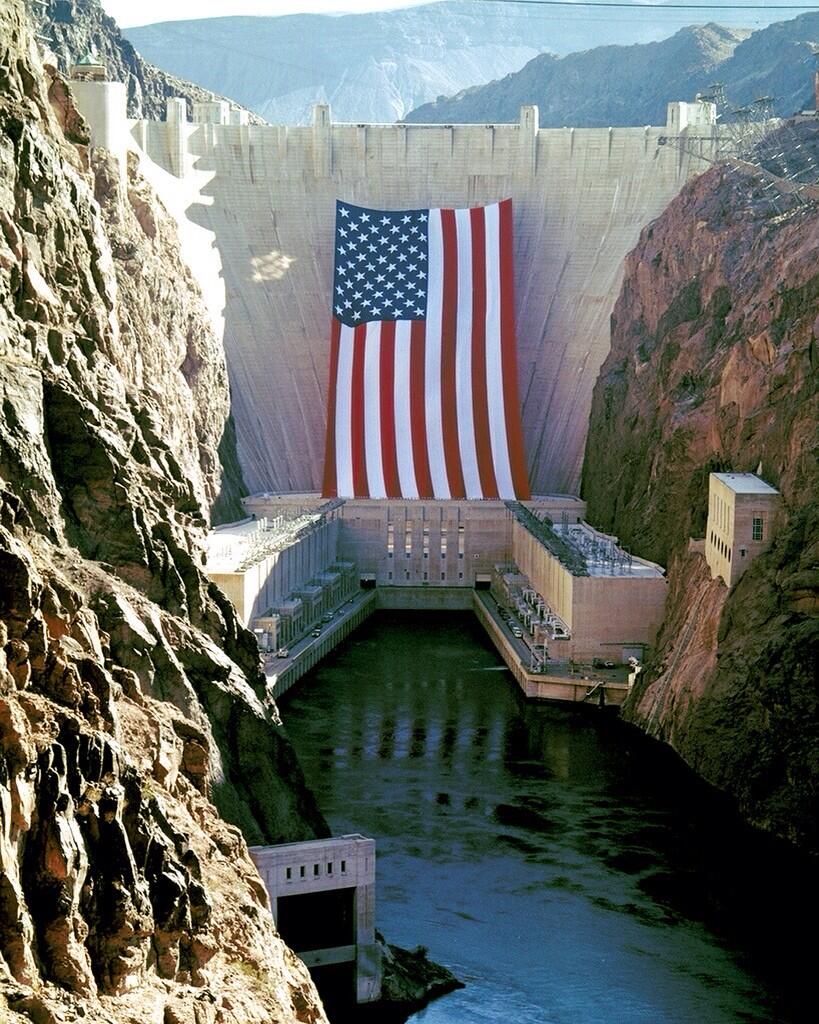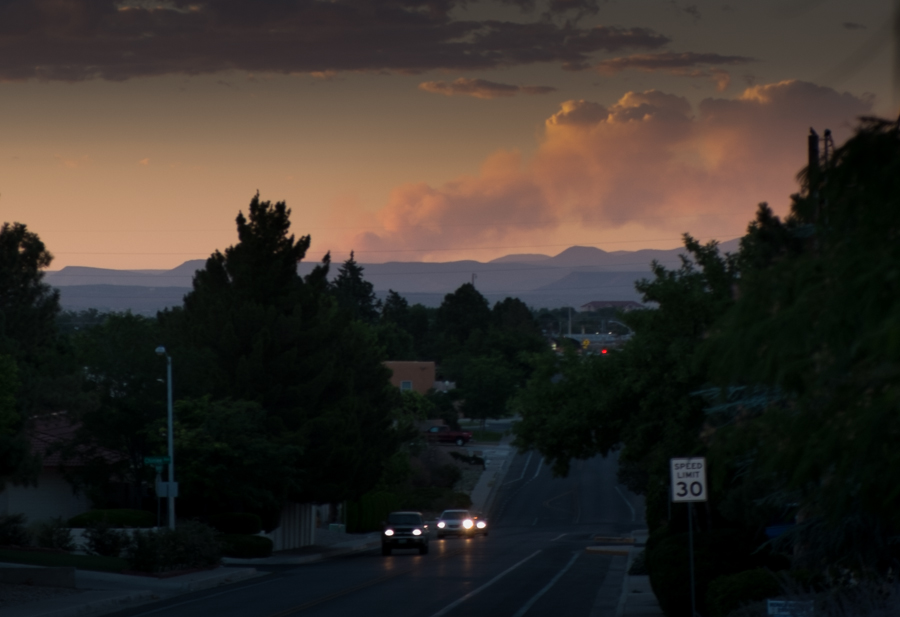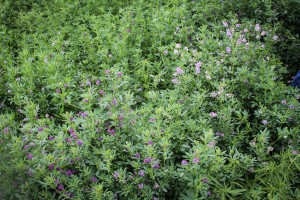There are many things that represent the profound, ambiguous complexity that is the United States of America – full of ambitious arrogance, profound success and the inevitable clumsiness when power combines with unintended consequences. Hoover Dam is one of them.
What does “drought” mean in a desert?
Utah and California, sharing a watershed
I’m not sure “Utah shouldn’t build that pipeline because California might need our water” sounds like a winning political argument, at least if you’re having the argument in Utah. I’m not saying it’s not accurate. Overdevelopment of Upper Colorado River Basin water right now clearly poses a risk of colliding with the Upper Basin’s obligation under the Colorado River Compact to deliver water past Lee’s Ferry for use in California, Arizona and Nevada. I’m just talking about the political optics of California Drought Causes Need For Water Conservation In Utah:
California is in the grip of a record drought, causing the need for Utah to conserve water.
In Southern California, dry farms and cities depend on water from the Colorado River. Other states rely on the river as well, including Utah.
Environmentalists say the big California drought means Utah should be extra careful about project needing to take more water out of the river.
Hawk
What water sharing and collaboration can look like
No Endangered Species Act litigation required for this project on the Rio Grande in southern New Mexico:
The Rio Grande is recovering some native vegetation with irrigation water typically used by farmers.
The International Boundary and Water Commission oversees water treaties between the United States and Mexico. But lately the agency has invested in river restoration projects.
In southern New Mexico it’s buying water rights from local land owners and using it to irrigate native vegetation.
“We’re not going to be growing cotton, we’re not growing chiles, we’re growing the environment,” said Edward Drusina, the U.S. Commissioner for the IBWC.
Here’s some background from a story I wrote last summer on the project:
The deal, negotiated over the last decade by environmental groups led by the Audubon Society and the irrigation district’s farmers, is the largest New Mexico example to date of a growing effort across the western United States to reclaim water for riverside environments.
By setting up programs under which willing farmers can sell their water on a short- or long-term basis, the agreements are an effort to sidestep farmers-versus-environmentalist battles that have dominated politics in some western river basins.
“As the water supplies decrease, shifting some water back to nature will be needed to keep the riverside habitats alive and healthy,” said Beth Bardwell of the Audubon Society.
Key message: this is not a lot of water or habitat at this point, but it takes time and experience to build the institutional plumbing needed to make stuff like this happen.
Wildfire smoke at dusk
The Colorado River is no one thing, episode XXVI
The river is the focal point — and reason behind — the town’s existence. Without it there would be no casinos.
During the summer months, the river is more of a factor in the Laughlin experience than at any other time of year. The all-too-easy-to-adopt thought that Laughlin is too hot in the summer is off the mark for those who love the water. This is the time of year the bathing suits come out, the boats and Waverunners rule and an overall energetic quality overtakes the casinos.
But you don’t have to own a boat or personal watercraft to enjoy the river. You can simply appreciate it by gazing as it flows by your casino.
The Colorado’s problems: if you’re not talking about alfalfa, you’re not being serious
Let’s revisit regulated deficit irrigation and the analysis Mike Cohen did last year of the problems and opportunities associated with forage crops in the Colorado River Basin, shall we?
Golf and the Bellagio Fountain are easy targets. But if you’re not talking about alfalfa, you’re not being serious. Here’s Cohen et al.:Irrigated pasture and forage crops, used primarily to feed beef and dairy cattle and horses, cover about two million acres (60 percent) of the irrigated land in the Colorado River basin. In Nevada and in Wyoming, pasture and forage account for almost all irrigated acreage; in Colorado and in Utah, more than 85 percent of irrigated acreage in the basin is in pasture or forage. We estimate that irrigated pasture and forage in the basin consumes more than five million acre-feet of water each year.
That’s more than golf.
But we don’t just go taking things away from people because we think we have a better use for the thing (at least we shouldn’t), and the farmers have reasonable expectations that we won’t just barge in and shut down their irrigation turnouts. In addition, communities have grown around these reasonable expectations. There are real equity issues here, but even if you disagree with that assessment, the reality is that we’re not going to get any sort of traction for Colorado Basin solutions that don’t take into consideration the political interests of the farmers.
What if there were a way to keep all that land in production and still save water? That’s where “deficit irrigation” comes into play as the Western Farm Press reported:
[D]eficit irrigation can be a good option for keeping land in production under dwindling water allocations.
“In some fields growers may be forced to deficit irrigate whether they want to or not,” Munk said. “The question is do we cut land from production or change our irrigation management through things like deficit irrigation?”
Traditional irrigation attempts to maximize the amount of water a crop can use. But when water supplies are constrained, the amount of crop per unit water can be optimized instead. For example, you can reduce alfalfa irrigation during the hottest summer months, when it takes a relatively large amount of water for a relatively smaller yield return. Alfalfa’s an insanely tough plant, plenty drought resistant. Deprive it of water in the hot summer months and it just hunkers down and waits for fall.
When the Central Arizona Project folks earlier this month rang the alarm bells about the problems of a dropping Lake Mead, they suggested we need to find somewhere between 600k and 900k acre feet of water to protect the system from the risk of collapse. Cohen et al. suggest you could get 970k acre feet of water per year by applying regulated deficit irrigation to alfalfa basin wide, or 834kaf by doing it only in the Lower Basin. Pay farmers for the water saved, to compensate them for the reduced yield.
Golf
I love this bit of business from Charles Fishman’s visit to Angel Park, a Las Vegas golf course, in his book The Big Thirst:
By the time a golfer steps up to the first tee, Angel Park has used 2,507 gallons of water to make that round of golf possible, 139 gallons of water for each hole of an eighteen-hole round, for each golfer, each day. A foursome of Angel Park golfers playing eighteen holes requires enough water to supply the needs of a typical U.S. family for a month.
Grover explains how to solve the Colorado River’s problems
Grover’s talking here about raisins, but I think it generalizes.





